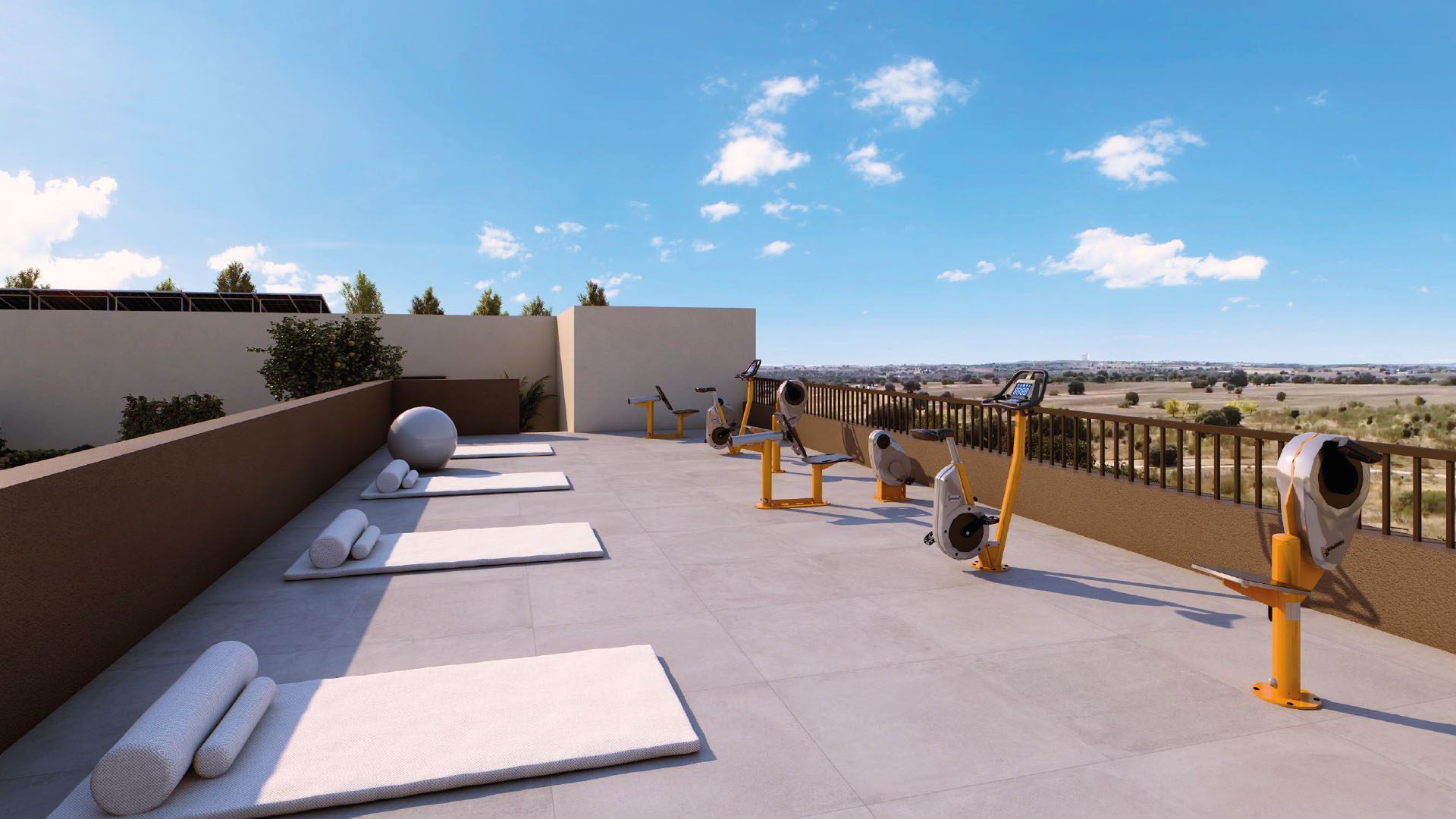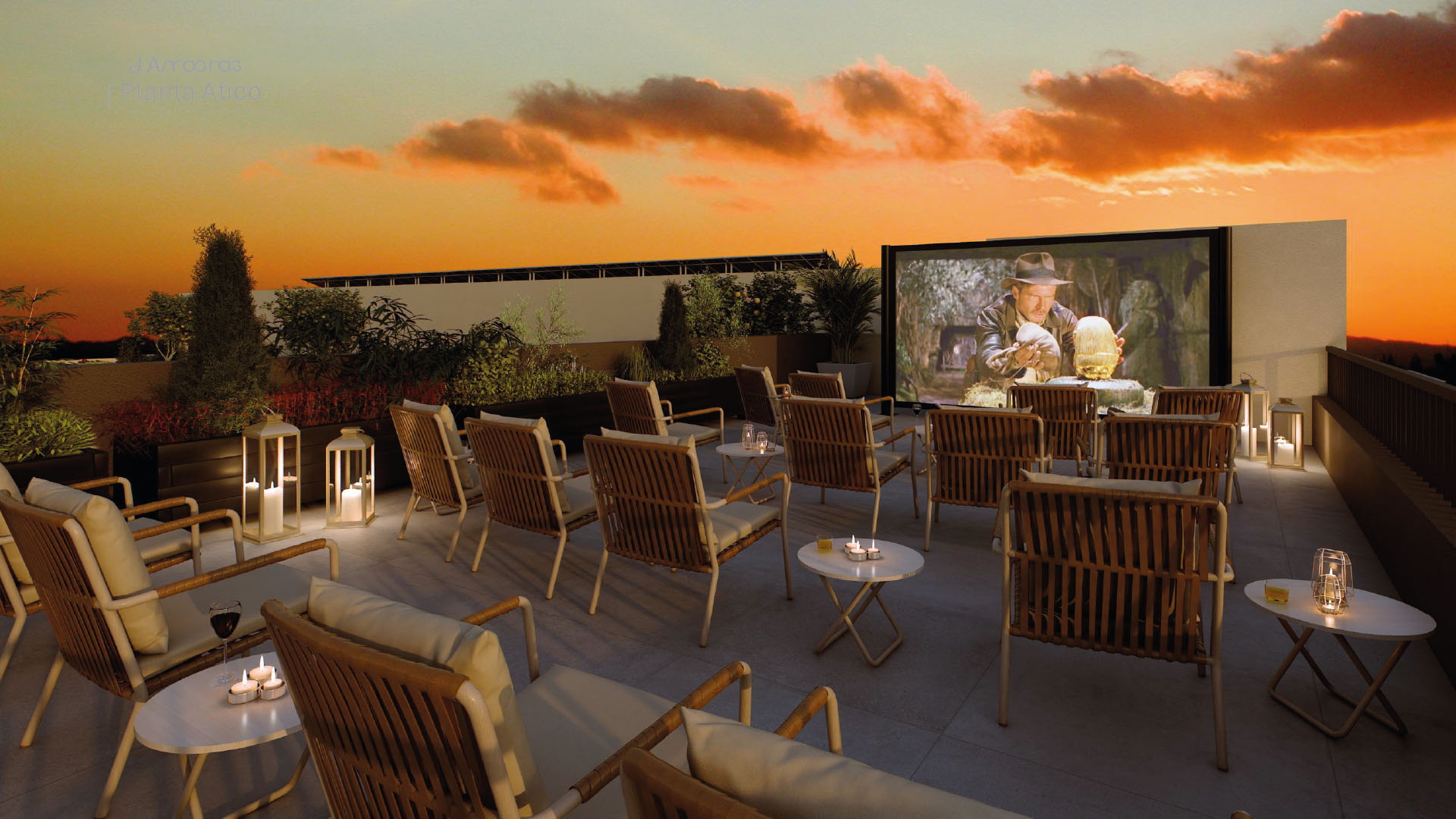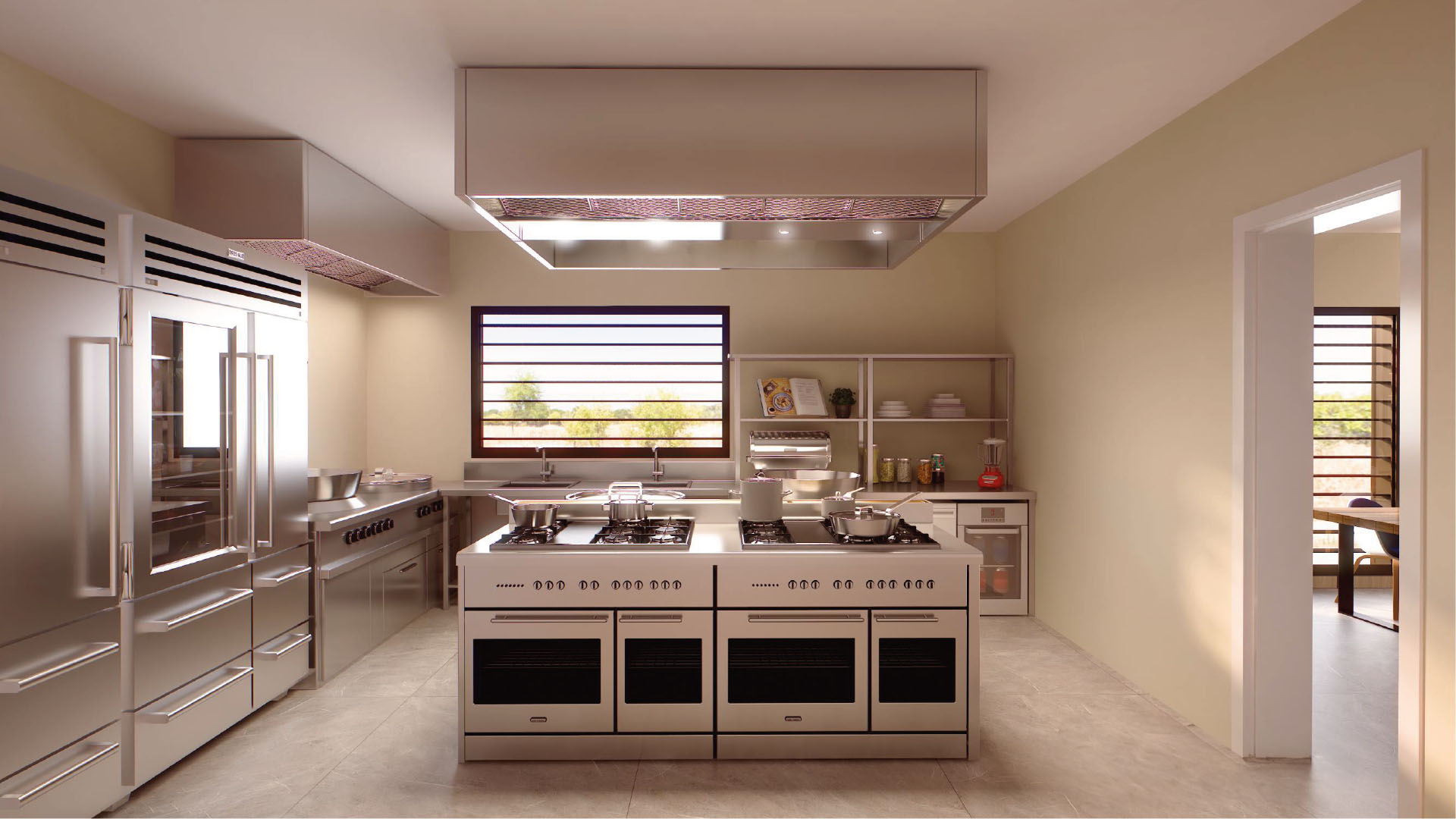Senior Coliving
Private spaces in buildings or groups of buildings in which there are common areas for common living and for the enjoyment of services adapted to tenants. The regime is usually rented, although different types of assignment are beginning to occur. They include all kinds of services ranging from the most basic laundry and food, to the most exclusive related to cultural participation, training or physical activity. A mixture of intimacy, flexibility and ease of living predominates. So far it is a model widely used in European cities for the university population and later up to approximately 30 years of age, although the trend is changing towards the senior public, in which case services more related to health care and care are offered that may be optional.
Senior Cohousing
A set of independent homes where people live together sharing spaces, services and management. This means that the format is, from the beginning, collaborative, where cooperation is encouraged and where the cooperative is usually the most frequent [pero no es la única]legal figure. In these communities, self-management, sustainability predominate, and the housing regime is usually in “cession of use” for the inhabitant and in “ownership” for the entity or cooperative. They will have all the services that the people who live there decide to have.
Residential centers for convalescence and care
Housing complex whose main purpose is to provide housing, food and care to people with some degree of dependency. Nursing care and physical and cognitive rehabilitation services are the ones that are becoming relevant and on which the supply falls weight.
The Senior Living formats aim to:
decide how, where and with whom to live in the near future,
choose the companions, the people, and even the professionals who, if necessary, will take care of you.

To be an alternative to become the best option for a home surrounded by people with similar concerns, goals and life plans.

A space of tranquility, alone or in company, and to be able to carry out what you really want with what you need.

